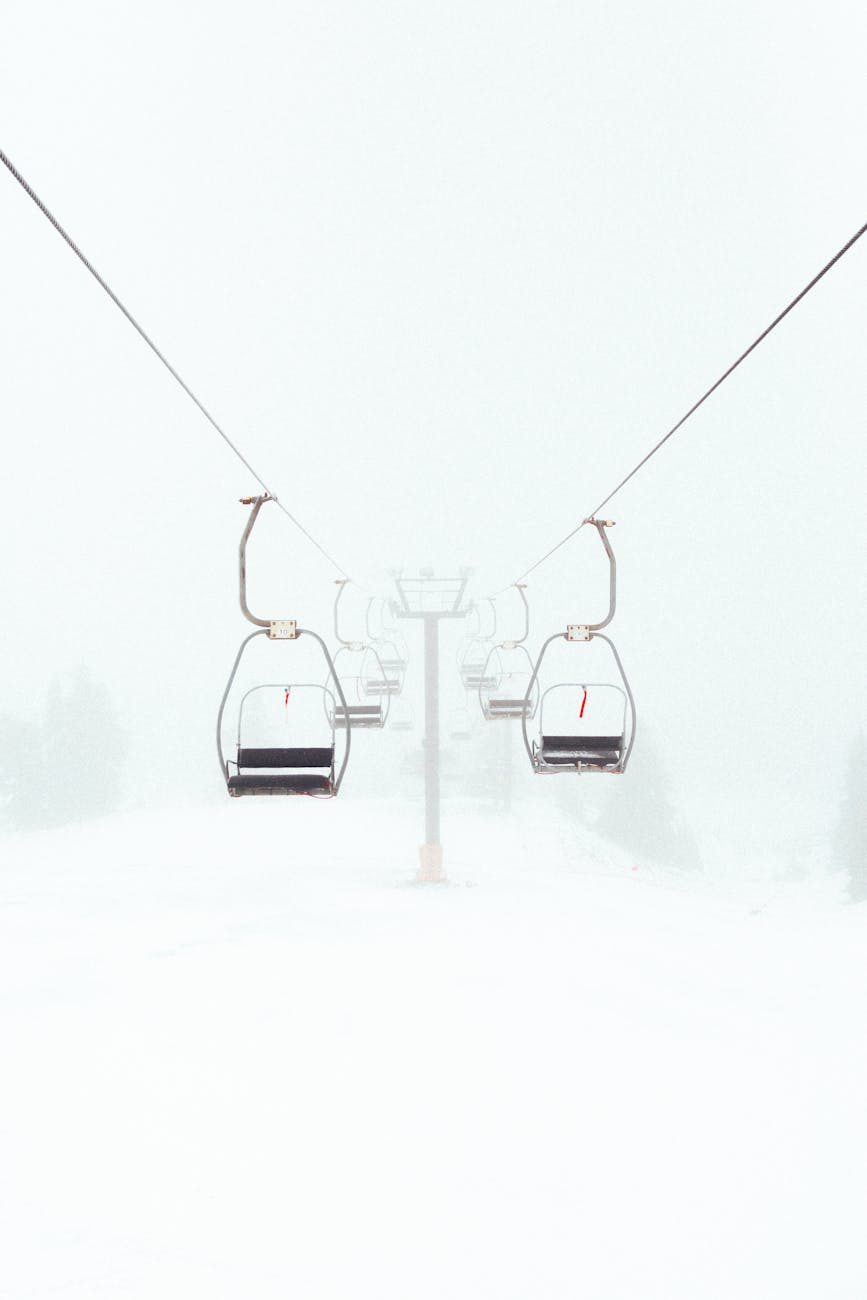Table of Contents
- Introduction
- The Edge Change Technique
- Mastering Carving
- Effective Pivoting
- Dynamic Weight Shifting
- Final Thoughts on Elevating Skills
- Frequently Asked Questions
Introduction
Snowboarding can feel intimidating, especially for those who are just starting out. However, fear not, as there are techniques that can make a significant difference in your performance on the slopes. This blog post delves into a specific snowboarding technique that can transform your skills almost instantaneously, enabling you to ride with confidence and agility. By mastering this technique, you will not only enhance your snowboarding abilities but also have more fun on the mountain, allowing you to enjoy your time in the snow fully.
In a world where every turn and maneuver matters, the right technique can open doors to new experiences and challenges. Wave goodbye to frustrating falls and hello to fluidity and grace on your board. Join me as we explore techniques that will have you carving down the slopes like a pro in no time.
The Edge Change Technique
One of the most pivotal skills that can elevate your snowboarding experience is the edge change technique. This method focuses on how you transition between your toe and heel edges while riding. Embracing a smooth and controlled edge change transforms not only how you navigate the slopes but also dictates your overall stability. Instead of fighting against the mountain, you will learn to flow with it.
Mastering this technique ultimately enhances your agility, allowing for sharper turns and a more responsive ride. You will discover that seamlessly switching between edges gives you a significant advantage when tackling various terrains. Your ability to adapt to changes in slope angle and snow conditions will drastically improve, helping you tackle powder, groomers, and even icy patches with finesse. Importantly, understanding the dynamics of edge pressure can also prevent injuries, empowering you with the confidence to push your limits while ensuring safety.
Mastering Carving
Carving is synonymous with expert-level snowboarding and is an essential technique to grasp for those who aim to elevate their skills. This skill requires you to lean into your turns while maintaining an edge, carving clean arcs through the snow rather than skidding. The elegant motion not only looks impressive but also offers practical advantages. When done correctly, carving allows for greater speed and control.
To master carving, start slow and focus on body positioning. Engage your core and maintain a low center of gravity to help facilitate tighter turns. Practice progressively, gradually increasing your speed as you grow more comfortable. As you carve your way down the mountain, the satisfaction of feeling connected to the board and the terrain will be palpable, reinforcing your desire to improve. Remember, carving is a dialogue with the slope; cultivate that relationship, and watch your abilities soar.
Effective Pivoting
Pivoting is a powerful maneuver that can drastically enhance your control on the mountain. It allows you to change direction quickly and smoothly, making it ideal for navigating tight trees or crowded trails. The beauty of this technique lies in its simplicity—by shifting your weight from one foot to another and rotating your hips, you can initiate turns without the risk of losing balance.
Incorporate drills that emphasize pivoting into your practice routine. Focus on the timing of your weight shifts and how they correlate with your movements. A well-executed pivot creates an effortless flow, allowing more advanced techniques like sliding or jumping to follow naturally. You’ll find that effective pivoting not only elevates your performance but transforms every run into a thrilling experiment of agility and creativity.
Dynamic Weight Shifting
Dynamic weight shifting is often overlooked, yet it stands as a fundamental aspect to elevate your snowboarding skills. This technique involves actively distributing your weight between your feet and making real-time adjustments based on the feedback from the snow and your own movements. This skill empowers you with the ability to respond to shifts in terrain, snow condition, or even in response to your speed.
Practicing dynamic weight shifting will open doors to advanced maneuvers, including jumps and tricks. When you become aware of how your body interacts with the board, you develop a higher sense of control and responsiveness. Embrace exercises that promote balance and core strength, as these will help hone the muscle memory required to make nuanced shifts as you navigate the slopes. Developing this skill lends itself to a breathtaking experience as you begin to feel like you’re gliding rather than just riding.
Elevate Your Snowboarding Journey
It’s time to put aside any doubts and embrace the journey of elevating your snowboarding skills. Each technique discussed holds the power to transform your experience on the slopes, combining fluidity with control. Whether it’s honing your edge change technique, mastering carving, implementing effective pivoting strategies, or developing dynamic weight shifting abilities, every step forward will lead to a more exhilarating snowboarding experience.
Challenge yourself to incorporate these techniques into your routine, and soon you’ll notice not only improvements in your skills but newfound confidence as well. Engaging with the mountain becomes a thrilling dance, where every turn, twist, and jump showcases your growth and dedication. So gear up, head out, and make the most of your snowboarding adventures!
Frequently Asked Questions
- What is the best technique for beginners to learn first? Starting with the edge change technique is ideal for beginners. It lays a strong foundation for balance and control on the slopes.
- How can I practice these techniques without going to the mountain? You can practice balance exercises and core strength workouts at home to improve your overall stability and control.
- Are these techniques suitable for all skill levels? Yes, each technique can be adjusted to suit different skill levels. It’s all about training and gradual progression.
Image Credit: Pexels
